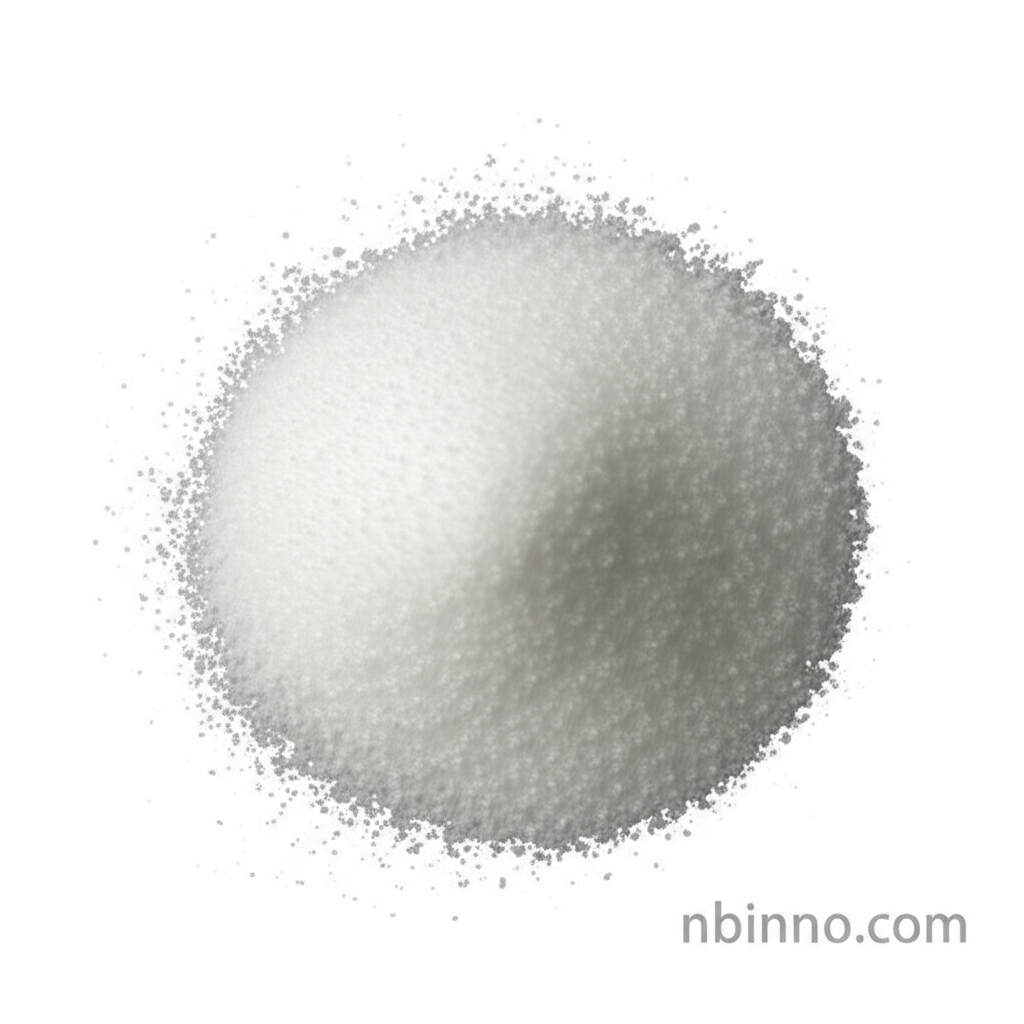2,3-Dibromonaphthalene (CAS 13214-70-5): Synthesis Intermediate for Organic Electronics and Advanced Materials
Explore the chemical versatility of 2,3-Dibromonaphthalene, a critical intermediate for developing next-generation organic electronics and advanced materials. Discover its properties and applications in pioneering chemical synthesis.
Get a Quote & SampleProduct Core Value

2,3-Dibromonaphthalene
As a premier supplier in China, we offer 2,3-Dibromonaphthalene (CAS 13214-70-5), a vital fine chemical intermediate. Its unique structure makes it an indispensable building block for creating sophisticated molecules used in cutting-edge technologies. We are dedicated to providing high-quality materials to support your research and development needs.
- This dibromonaphthalene acts as a key organic synthesis intermediate, enabling the construction of complex molecular architectures for advanced applications.
- Its role as an organic electronics building block is crucial for developing materials like OLEDs and organic photovoltaics, contributing to the field of electronic chemicals.
- Leverage the specific chemical properties of CAS 13214-70-5 to drive innovation in semiconductor synthesis intermediates and low band gap polymers.
- We ensure high purity and consistent quality, making it a reliable choice for PAH host material development and other specialized chemical processes.
Advantages Offered
Versatile Synthesis Capability
Utilize 2,3-Dibromonaphthalene in various coupling reactions to synthesize complex organic molecules, enhancing your research capabilities in Fine Chemical Intermediates.
Enabling Advanced Materials
Contribute to the development of organic electronic devices by using this compound as a crucial organic electronics building block for materials like OLEDs and OFETs.
High Purity and Reliability
Benefit from a product with guaranteed purity, essential for precise chemical synthesis and achieving desired outcomes in your projects, such as PAH host material applications.
Key Applications
Organic Synthesis
As a fine chemical intermediate, it serves as a fundamental component in various organic synthesis pathways, allowing for the creation of novel chemical structures.
Organic Electronics
This compound is pivotal for fabricating advanced organic electronic devices, including OLEDs and organic photovoltaics, acting as a crucial organic electronics building block.
PAH Host Materials
Its crystalline structure makes it suitable as a host material for fluorescent polycyclic aromatic hydrocarbons (PAHs), supporting research in photoluminescence.
Materials Science Research
2,3-Dibromonaphthalene is valuable for developing low band gap polymers and semiconductor synthesis intermediates, driving innovation in materials science.
